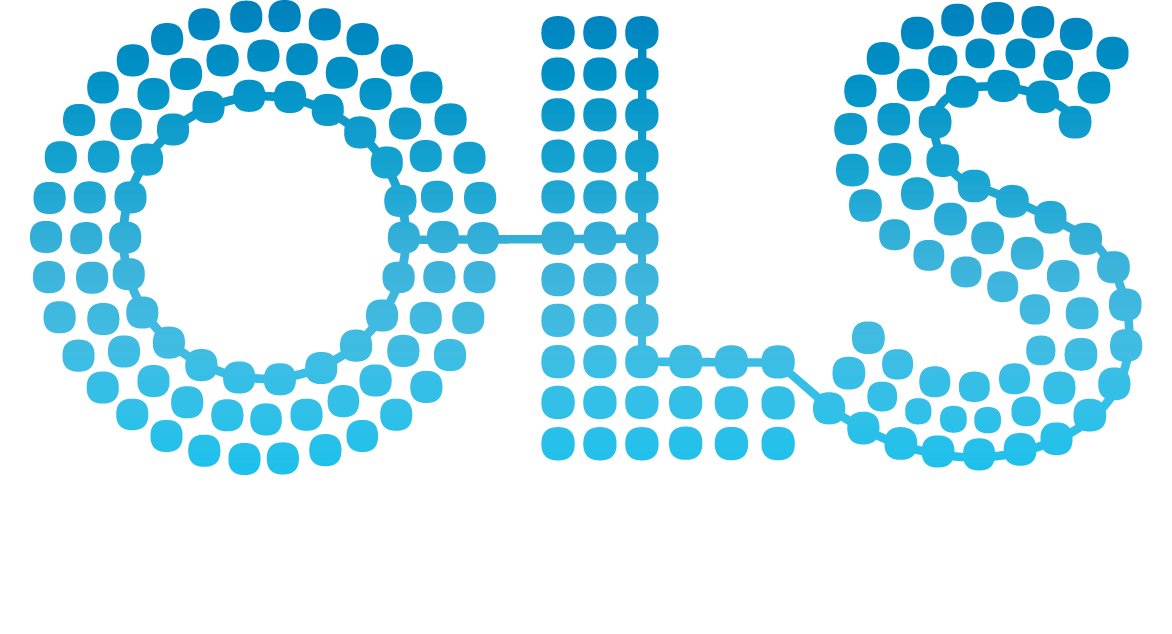Term information
- ICD10:Q93.2
- ICD9:758.89
- Orphanet:1444
- SCTID:23686004
- MESH:C580424
- GARD:0001334
gard_rare, ordo_malformation_syndrome
Ring chromosome 20 syndrome is marked by a characteristic seizure phenotype. Depending on the amount of chromosomal loss and associated mosaicism, ring(20) can be associated with macrocephaly, mild to moderate intellectual deficit, or behavioural problems. In rare cases, brain, kidney or heart malformations may be present.
http://identifiers.org/mesh/C535369
http://linkedlifedata.com/resource/umls/id/C2930886
http://identifiers.org/mesh/C580424
http://linkedlifedata.com/resource/umls/id/C0265482
http://identifiers.org/snomedct/23686004
http://www.orpha.net/ORDO/Orphanet_1444
This is a rare chromosomal disorder with epilepsy as the striking feature. Although some patients may have microcephaly, intellectual impairment (two thirds of patients) and behavioral disorders, there are few distinctive clinical features that aid identification of this syndrome. Dysmorphic features are not expected. Most cases are sporadic, but familial cases have been reported. Mosaicism is common with intellectual impairment (but not the epilepsy) correlating with the degree of mosaicism. Nocturnal frontal lobe seizures are common. Around 50% of patients report frightening visual hallucinations during their focal seizures. Seizures may manifest as prolonged confusional states, lasting minutes to half an hour, during which the patient may be motionless and staring or may have automatisms and confused wandering. Perioral and eyelid myoclonic jerks may accompany these events. The ictal EEG shows long periods of widespread rhythmic theta and high-amplitude 2-3 Hz rhythmic, notched, frontally predominant, slow waves. Spike-and-wave is of low amplitude. Interictal EEG may be normal or show focal bi-fronto-temporal spikes. Seizures are usually frequent and intractable to medications. To diagnose this disorder a karyotype should be performed examining 50-100 mitoses, this has to be specifically requested, as it may not be part of routine karyotype assessment. CGH microarray may not detect this disorder if no deletion occurs in the ring formation.
http://www.semanticweb.org/ontologies/2011/0/Ontology1296140739125.owl#Ring_chromosome_20_epilepsy
https://rarediseases.info.nih.gov/diseases/1334/ring-chromosome-20

